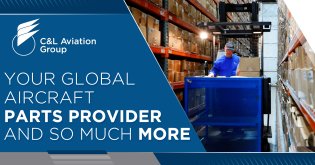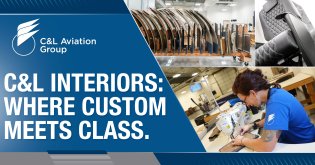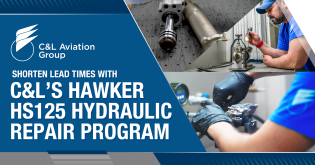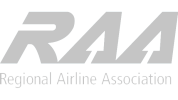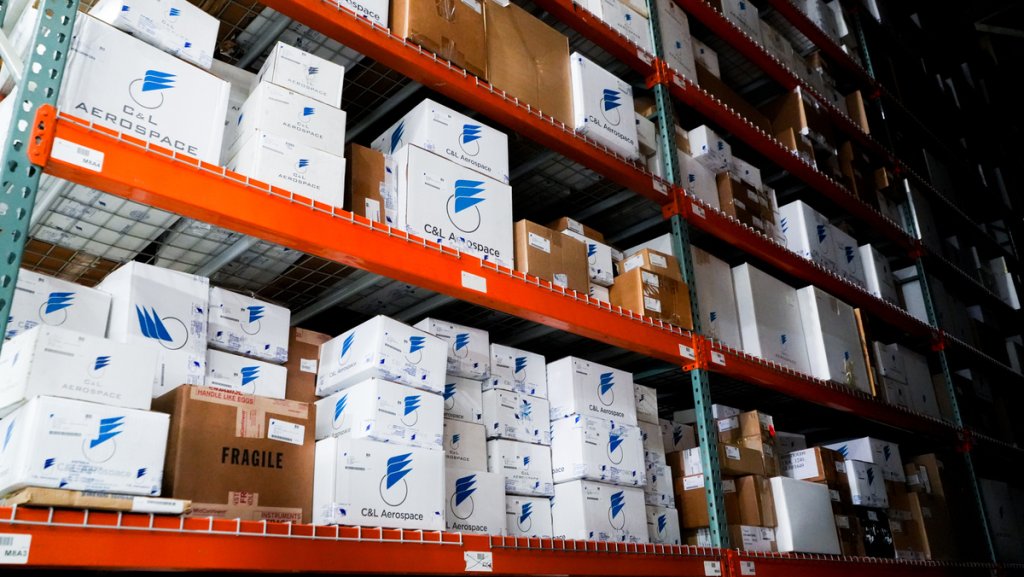
When an airframe is taken out of production, the original equipment manufacturer (OEM) may reduce or cease its parts support programs. This poses a challenge for owners and operators of older aircraft. Older aircraft can remain in use long after production has ceased. However, these older aircraft can become difficult to maintain without proper parts support.
In this article, we explain why an OEM may limit or discontinue its parts programs. Plus, you’ll be able to identify solutions for obtaining parts for older aircraft.
Why Do OEMs Limit or Cease Aircraft Part Support?
OEMs are always innovating. For this reason, older airframes may be taken out of production to allow the OEM to focus on manufacturing and supporting new aircraft models. Over time, the OEM may limit or cease parts programs, repair management, or the manufacture of parts for the discontinued airframe.
How Long Does an Aircraft Stay on OEM Parts Support?
OEMs typically continue supporting discontinued airframes for anywhere between 20 to 40 years. How long an OEM provides parts support depends on the airframe’s popularity or how similar the parts are to those on newer airframes.
When the OEM approaches the end of its support programs, it may put a separate plan in place for continued support. For instance, the OEM may create a subsidiary company or sell its parts support programs to another company or distributor in the aftermarket.
What are the Solutions for Aircraft Parts Support?
The following are possible solutions for owners and operators if the OEM chooses to limit or cease its parts support for a discontinued airframe.
Aftermarket Suppliers
Aftermarket suppliers source their inventory through aircraft teardowns and other strategic acquisitions. These may include bulk buys or buying out competitor programs or companies. This allows aftermarket suppliers to provide parts support and supply parts to owners and operators via various part listing sites, such as ILS, PartsBase, Stock Market, Parts Exchange, etc. (Always purchase parts from credible sellers. Not all parts sold online include adequate documentation or trace information required for installation.)
Repair and Overhaul Vendors
Parts support through a repair vendor may offer more reasonable pricing in comparison to purchasing the part outright or remaining on the OEM’s parts program.
While the upside is lower costs, the downside may be longer downtimes waiting for a part to be refurbished. Repair vendors may offer exchanges to shorten downtimes.
Major Non-OEM Maintenance Facilities
Many major non-OEM maintenance facilities regularly work on older airframes. In most cases, they will continue offering parts support and sourcing parts after the OEM has limited or ceased its support programs.
Other Aircraft Owners
Aircraft operators who have replaced older airframes in their fleet may have surplus spare parts in their inventory. Oftentimes, aircraft owners do not know what to do with these spare parts and are willing to sell them.
Social Media and Online Groups
Social media groups and online communities consist of various industry professionals, including pilots, mechanics, parts sellers, and others interested in a particular airframe. Some people may offer parts for sale, or they may be a resource for locating necessary parts.
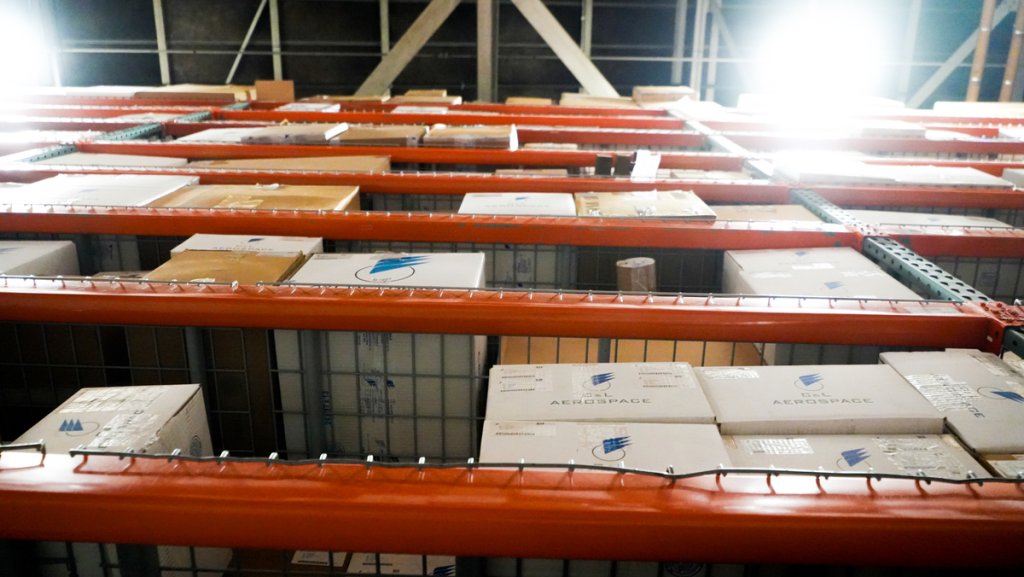
Why Choose Alternative Parts Support?
If the OEM reduces or ceases its parts support, owners and operators of older aircraft will have to make a choice. They must either upgrade to a new airframe or seek alternative parts programs and parts suppliers. Upgrading to a new airframe has its advantages, such as a new aircraft warranty and active OEM parts support. However, it also has its downsides. Upgrading to a new airframe may not be financially feasible or convenient. Having parts solutions available on the aftermarket can be a viable option for keeping older aircraft flying for years to come.

